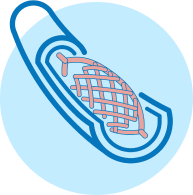What is an Atherectomy?
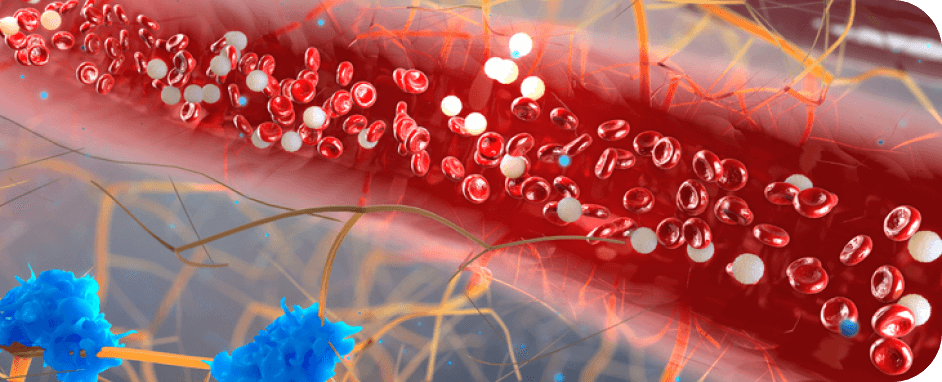
What is an Atherectomy?
An atherectomy is a minimally invasive treatment that uses advanced catheter technology to remove plaque and buildup in blood vessels. An atherectomy can be performed on its own, however, it is often combined with an angioplasty and stenting. These two procedures are typically performed to prevent peripheral arterial disease from worsening. A combination of these treatments opens blood vessels, allowing blood to flow through the body without complications.
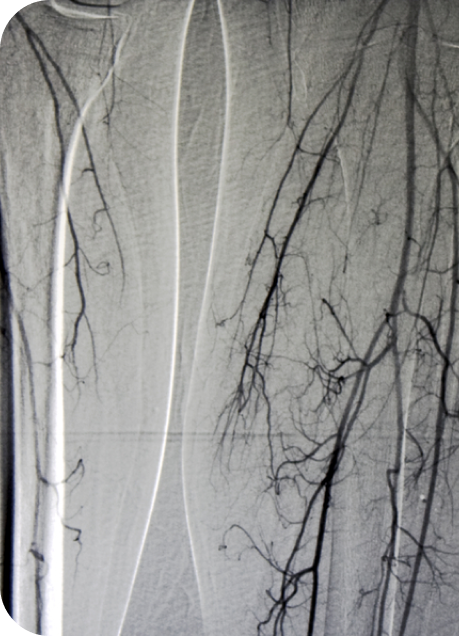
What are the Benefits of an Atherectomy?
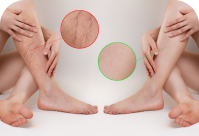
Takes 45 minutes to an hour to complete

Opens the narrowed or blocked arteries

Minimal downtime and recovery period
What to Expect During Atherectomy Treatment

The entire diagnostic and treatment process takes an hour to complete. A small catheter is placed into the artery to remove the plaque that is narrowing or blocking it. After removing the plaque, the vessel will undergo an angioplasty and in some cases a stent placement depending on the condition of the vessels.


What to Expect After Atherectomy Treatment

After undergoing atherectomy treatment, individuals can anticipate an immediate improvement in blood flow as the procedure aims to remove plaque and restore vessel patency. Patients may experience a reduction in symptoms associated with arterial blockages, such as improved mobility and diminished pain. It is essential for patients to follow post-treatment care instructions provided by their StrideCare provider to optimize recovery and maintain vascular health.


Is Atherectomy the Right Choice?

For patients suffering from arterial disease, an Atherectomy may be an appropriate treatment. To determine if an Atherectomy is the right choice, schedule a consultation with one of our providers to learn more.
What Other Artery Disease Treatments are
Available at StrideCare?
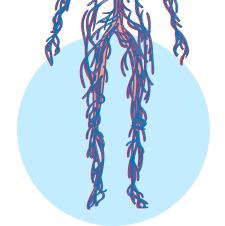
Angiography
Contrast dye enters your arteries via a small catheter. This process allows your blood vessels to be seen on an x-ray.
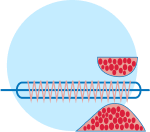
Angioplasty
StrideCare
Patient Reviews



4.89 Average Online Review Score












StrideCare Leverages athenaOne to Enhance Financial and Operational Results, Improve Clinical Workflows
2 Min Read CASE STUDY: Transitioning all practices onto one united system gives StrideCare invaluable access to data
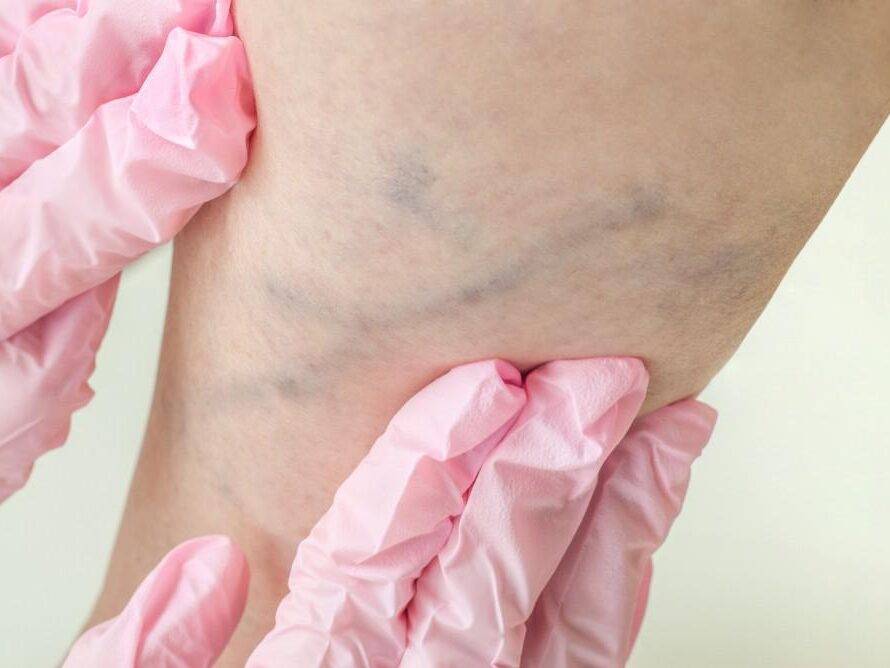
When are Varicose Veins More than Just a Cosmetic Concern?
2 Min Read Learn about varicose veins, prevention tips, and treatment options from StrideCare’s vein specialists in Texas.
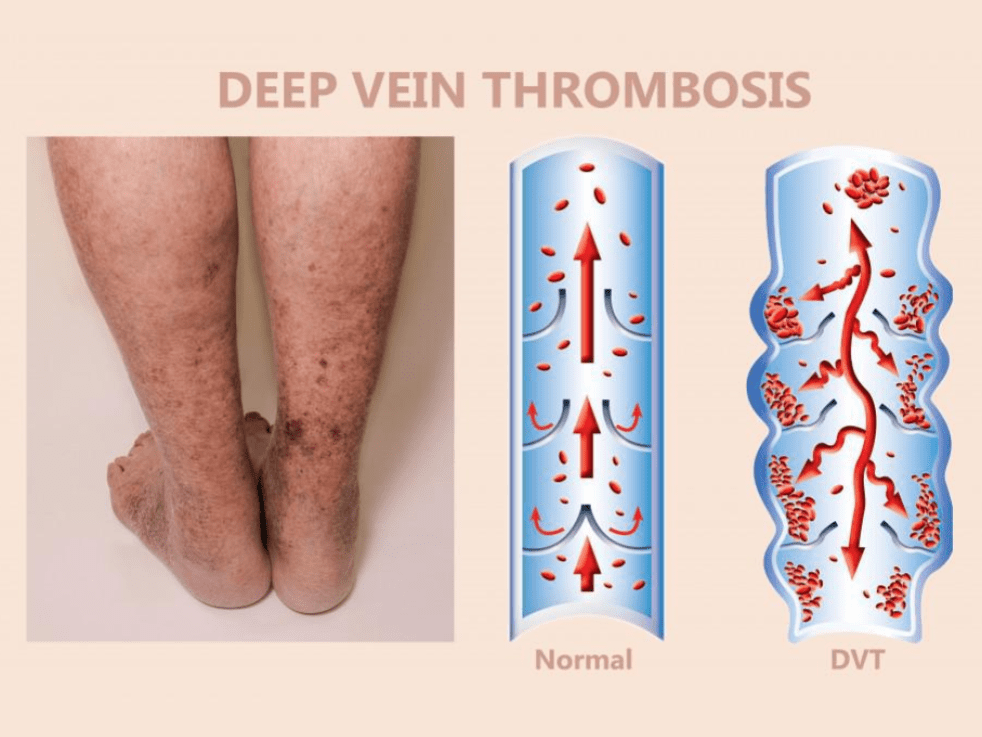
Puffy Legs are One of the First Signs of Deep Vein Thrombosis
3 Min Read Learn the symptoms of deep vein thrombosis (DVT) and seek immediate evaluation at StrideCare for expert care and treatment.


